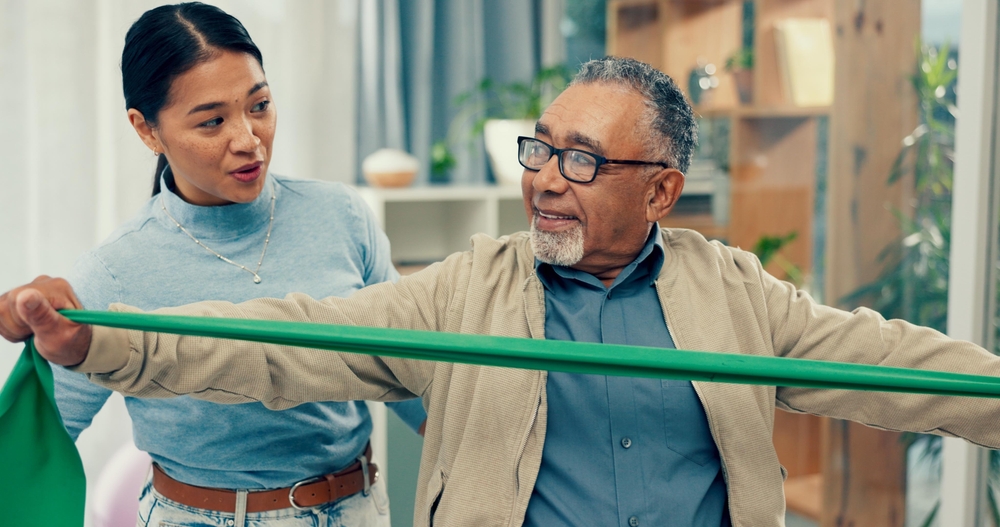Make an Appointment
Arthritis is a chronic condition affecting millions of Australians, often leading to joint pain, stiffness, and reduced mobility. Splinting is a well-established strategy that can help manage these symptoms by providing support, reducing inflammation, and improving joint alignment. In this blog, we explore a range of research-backed splinting techniques designed specifically for individuals with arthritis, offering practical tips to help you regain function and enhance your quality of life.
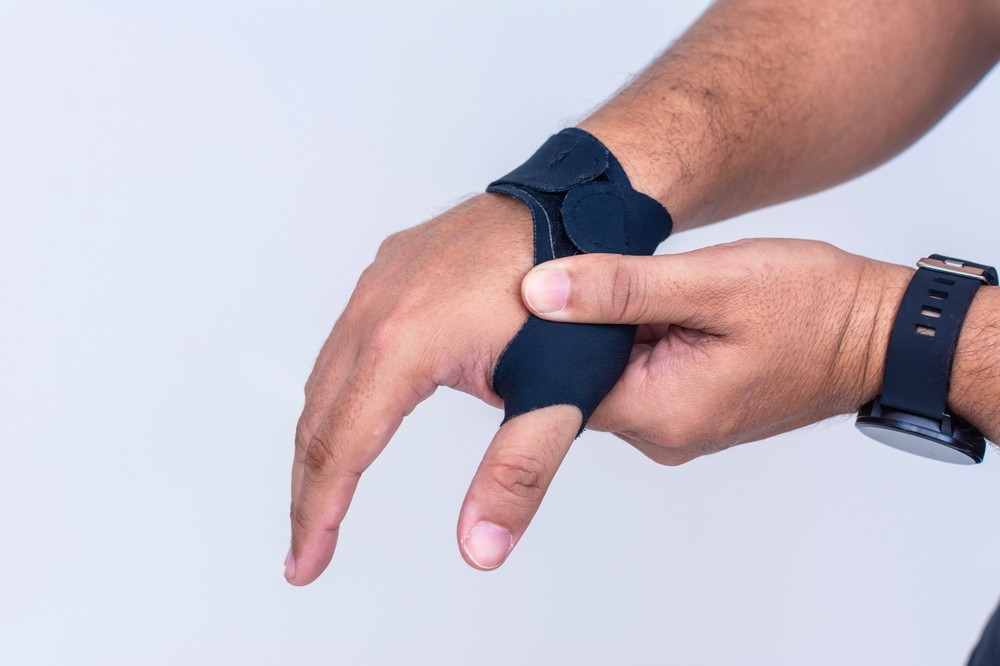
Understanding Arthritis and Its Impact on Joints
What is Arthritis?
Arthritis is an umbrella term for conditions that cause joint inflammation, leading to pain, stiffness, and functional limitations. Osteoarthritis, characterized by the wear and tear of joint cartilage, and rheumatoid arthritis, an autoimmune condition causing joint inflammation, are among the most common types. Regardless of the type, arthritis can make daily activities challenging and significantly impact your quality of life.
Key Challenges in Arthritis
Joint Pain and Stiffness:
Persistent discomfort and reduced range of motion make everyday activities difficult.
Reduced Functionality:
Weakened joints often lead to challenges in performing routine tasks, from dressing to household chores.
Emotional Impact:
Chronic pain and limited mobility can affect mental health, leading to frustration and social isolation.
Prosthetic or Orthotic Adaptation:
For some, customised splints or braces are necessary to support joint function and relieve pain.
Who Benefits from Splinting?
Splinting techniques are beneficial for a diverse range of individuals, including:
Older Adults:
Age-related muscle loss and joint wear can be mitigated with the support of splints.
Individuals with Osteoarthritis:
Splinting can help reduce joint stress and slow the progression of wear and tear.
People with Rheumatoid Arthritis:
Stabilising inflamed joints can reduce pain and improve function during flare-ups.
Active Individuals:
Those who wish to maintain an active lifestyle can use splints to prevent further injury and manage symptoms effectively.
Anyone Experiencing Joint Instability or Pain:
Customised splints offer support and alignment to improve overall joint health.
Understanding the impact of arthritis on joint function underscores the importance of tailored splinting techniques in promoting mobility, reducing pain, and enhancing daily life.
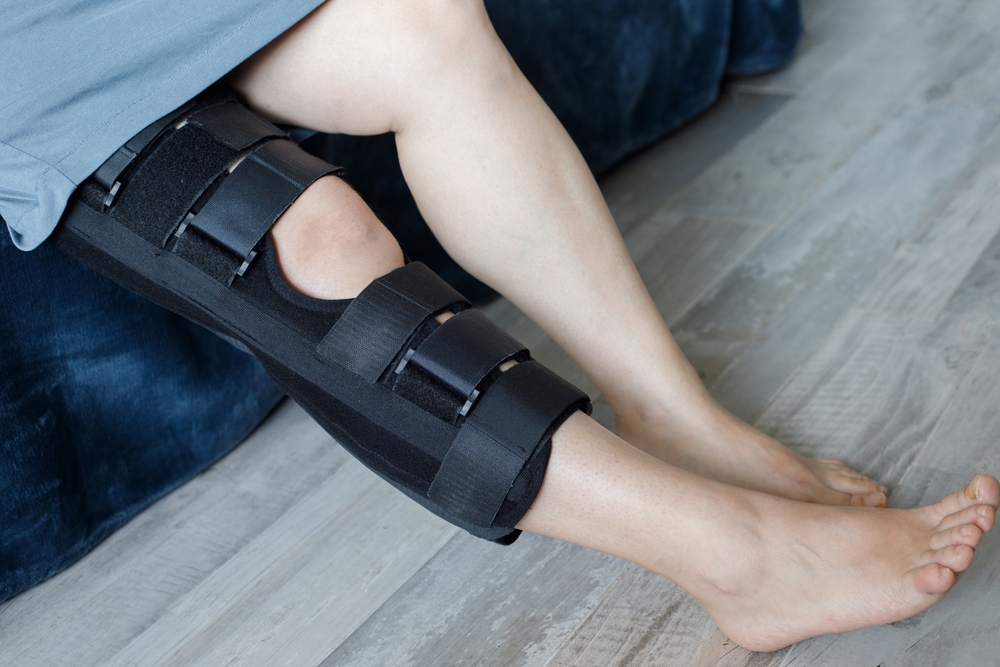
The Role of Splinting in Arthritis Management
Splinting is a proactive intervention that not only supports weakened joints but also alleviates pain, improves alignment, and promotes functionality. Properly designed splints can:
Alleviate Pain:
By stabilising affected joints, splints help reduce the load on painful areas.
Improve Joint Alignment:
Correct alignment minimizes abnormal stress, potentially slowing the progression of arthritis.
Enhance Functionality:
With better support, individuals experience improved ability to perform daily activities.
Prevent Deformities:
Consistent use of splints can help maintain proper joint positioning.
Boost Confidence:
Effective splinting empowers individuals to engage in daily tasks with less pain and more independence.
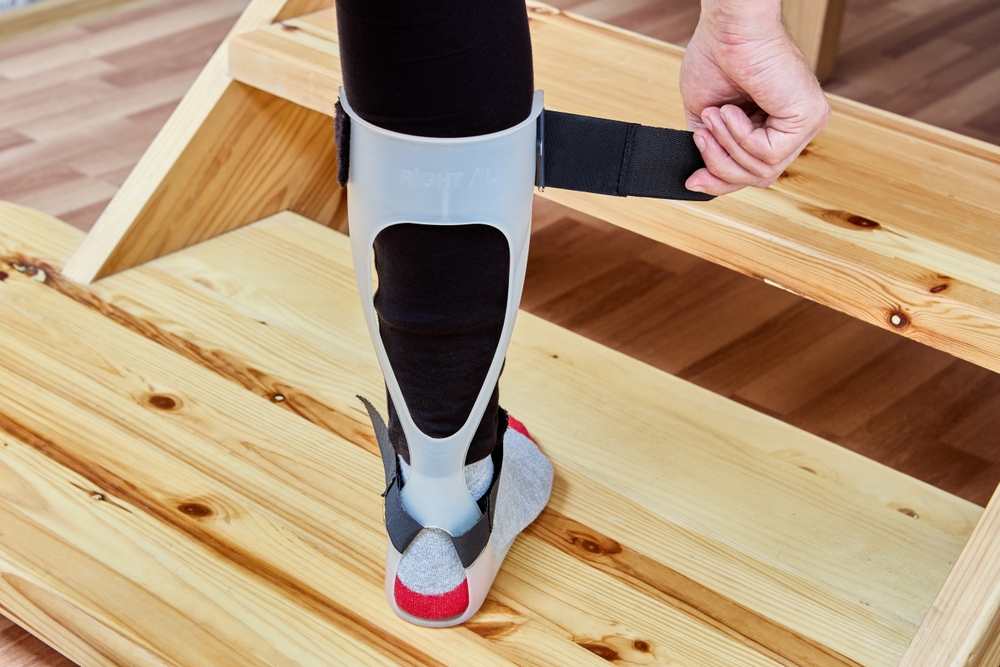
Key Splinting Techniques and What is Available
Below are the primary splinting techniques recommended for managing arthritis symptoms, along with detailed descriptions and external links for further guidance.
1. Custom-Made Splints
Custom-made splints are individually crafted to fit the unique contours of your joints. They provide optimal support and stabilisation, reducing pain and improving function. These splints are typically designed and fitted by a specialist to ensure a precise, comfortable fit.
How Custom-Made Splints Are Made – Prosthetics Australia
2. Static Splints
Static splints hold a joint in a fixed position, preventing unwanted movement and allowing muscles and tendons to rest. They are particularly useful during periods of pain or at night to maintain joint alignment.
3. Dynamic Splints
Dynamic splints are designed to provide support while allowing a controlled range of movement. They apply gentle, continuous force to encourage joint mobility and prevent contractures without overstraining the muscles.
Dynamic Splints – Science Direct
4. Offloading Splints
Offloading splints redistribute weight away from the affected joint, reducing stress and pain. These are especially beneficial for joints that bear significant loads, such as the knees or ankles, by minimising further damage.
5. Night Splints
Night splints are worn during sleep to maintain joint alignment and prevent stiffness. They keep the joint in a neutral position, which can reduce morning pain and enhance overall mobility.
By embracing these techniques, you can transform the challenges of arthritis into opportunities for improved health and renewed independence.
Pain Reduction:
Splinting can significantly alleviate discomfort, allowing you to perform daily tasks more comfortably.
Enhanced Functionality:
Improved joint support translates into better movement and greater ease in everyday activities.
Boosted Confidence:
With less pain and better mobility, you'll feel more confident engaging in social and physical activities, ultimately enhancing your quality of life.

Who Can Assist?
Improving your quality of life through effective splinting involves the expertise of specialised allied health professionals. These experts can help design and monitor a personalised splinting program tailored to your needs:
Physiotherapists:
They develop targeted exercise regimens and provide prosthetic training to restore mobility and function. Our Physiotherapy service offers expert guidance in the comfort of your home.
Occupational Therapists:
They assist in integrating splinting techniques into your daily routine by suggesting adaptive strategies and environmental modifications for enhanced functionality. Learn more about our Occupational Therapy services.
Exercise Physiologists:
They design comprehensive fitness programs that complement splinting by enhancing overall strength and stability. Explore our Exercise Physiology service for personalised support.
Prosthetists/Orthotists:
Specialists in designing and fitting custom-made splints and braces that provide the best possible support for your affected joints.
Counsellors and Psychologists:
They offer emotional and psychological support to help you adjust to the changes and challenges associated with amputation and chronic pain.
For local counselling and support groups, you may also refer to the Australian Counselling Association and Beyond Blue.
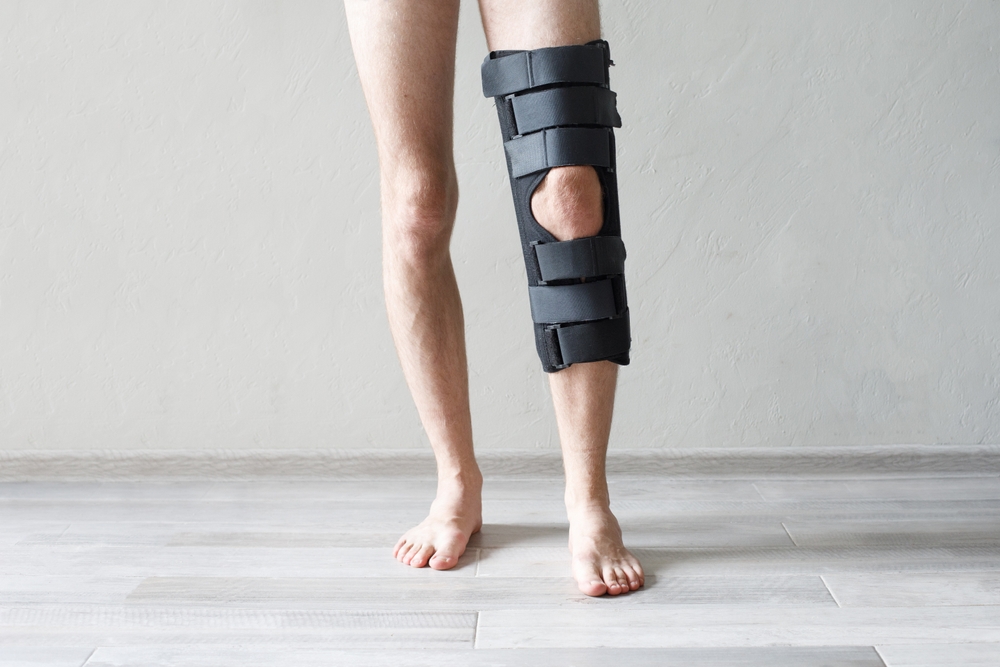
Frequently Asked Questions
What are splinting techniques for arthritis?
Splinting techniques involve using supportive devices to stabilise affected joints, reduce pain, improve alignment, and enhance overall function.
Who can benefit from splinting?
Splinting can benefit older adults, individuals with osteoarthritis, those with rheumatoid arthritis, and active individuals who wish to maintain mobility while managing joint pain.
How often should I use splints?
The frequency of splint use depends on your individual needs and the type of splint. Some splints are worn during specific activities or at night, while others may be used throughout the day. Your healthcare provider will offer personalised advice.
Are these techniques supported by research?
Yes, extensive research supports the effectiveness of splinting in improving joint alignment, reducing pain, and enhancing mobility. Reputable organisations such as the Better Health Channel and Physiotherapy Australia provide detailed insights.
How can I ensure my splint fits correctly?
Proper fit is crucial. Consult with allied health professionals such as physiotherapists or orthotists who can customise the splint to your measurements. In-home services like our Physiotherapy are available for personalised guidance.

Conclusion
Splinting techniques offer a vital solution for managing the challenges of arthritis, helping to reduce pain, improve joint alignment, and enhance daily function. By incorporating a range of approaches—from custom-made and static splints to dynamic, offloading, and night splints—you can tailor your rehabilitation program to your individual needs. With a focus on empowerment and holistic well-being, splinting becomes a powerful tool in transforming your quality of life.
Every splinting program is uniquely designed to meet your specific challenges and goals. By engaging with specialised allied health professionals, you can optimise your splinting strategy and experience lasting improvements in mobility and comfort.
Take the Next Step:
If you’re ready to embark on a journey towards improved joint health and enhanced daily function, contact us today to book an appointment or make a referral. To learn more about our comprehensive services, please explore:

Date Published: Monday, March 31, 2025
Locate a Sports Physiotherapy
Service Near me
Get the experience & convinence you deserve to support your or a loved one's allied health needs.
Our Sports Physiotherapy team are currently serving & taking appointments in the following states and regions in Australia:
Need to get into direct contact with ur Client Services team? We're all ears. Call our team directly on 1300 731 733



